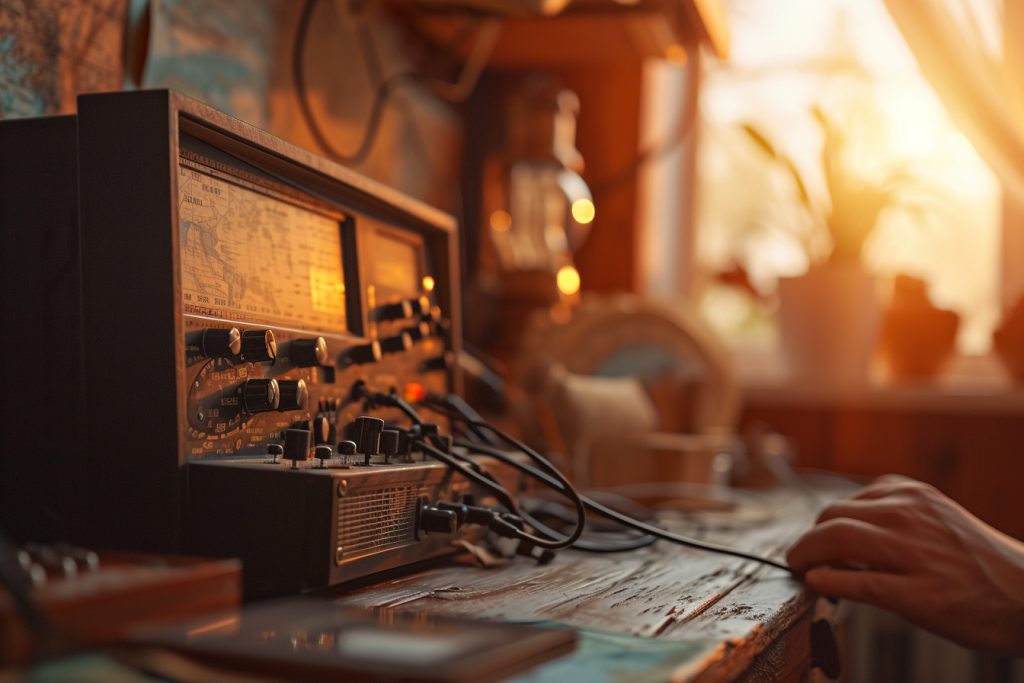Welcome to the fascinating world of ham radio, a universe where enthusiasts connect across cities, continents, and even into space without needing the internet or a cellular network. Ham radio, also called amateur radio, is a unique hobby that combines communication, technology, and community. Whether in times of crisis or during regular chit-chat sessions, ham radio operators embrace the airwaves in unique ways. If you’ve ever been curious about how to get started, tune in your ears, and join a worldwide community of radio aficionados, you’re in the right place. "Ham Radio 101: Tune In to the Airwaves!" is your guide to becoming a part of this exhilarating activity.
Getting Started with Ham Radio
Diving into the world of ham radio begins by understanding what you need to get on the air. First and foremost, you’ll require a license. Acquiring a license involves studying for and passing an examination that tests your knowledge of radio theory, regulations, and operations. There are multiple license classes, each granting different levels of privileges on the airwaves. Start by visiting the website of your national amateur radio organization for guidance on getting licensed in your country. Once you’ve passed your test, it’s time to get your first radio. There’s a wide array of equipment out there, from handheld transceivers to full-blown base stations. For beginners, a simple handheld or a basic desktop transceiver is plenty to get your feet wet.
After getting licensed and procuring your equipment, the next step is to set up your station and understand the basics of radio operation. This includes learning how to use the controls on your radio, how to search for active frequencies, and how to establish contact with other ham operators. You’ll have to grasp some vital technical concepts too, like understanding bands, frequencies, and modes of communication (FM, AM, SSB, digital, etc.). Most importantly, always adhere to the regulations, as they’re in place to ensure all operators can enjoy the airwaves without interference.
Fine-tuning Your Listening Skills
Before you push that talk button, it’s crucial to sharpen your listening abilities. Ham radio is not solely about transmitting; it’s about effective communication, which begins with listening. Spend time scanning through different bands and familiarize yourself with the various types of communications that take place. You’ll find that there’s a rhythm and etiquette to making contact and conversing via radio. Understanding the ‘Q-codes’ – shorthand codes that help speed up communication – and the phonetic alphabet will help you interpret and convey messages more effectively.
Listening also involves recognizing and troubleshooting interference. External sources of noise can disrupt your ability to clearly receive signals. Learning how to adjust your equipment to minimize noise and maximize signal clarity is an essential skill for any ham radio operator. This might involve tweaking your antenna system, filters, or squelch settings. With practice, you’ll start to identify distinct signals and even discern the faint whispers of distant stations, making the listening experience both a technical challenge and a thrilling hunt.
Joining the Ham Radio Community
Ham radio is as much about the people you meet as it is about the technology. Once you’re ready to communicate, explore the local and international ham community. Many areas have radio clubs that host regular meetings, training sessions, and events like ‘field days’ where operators practice setting up temporary radio stations and contacting as many other stations as possible. Joining a club can provide mentorship, friendship, and a wealth of knowledge that can help you grow as an operator.
Don’t forget the digital side of things either. Online forums, social media groups, and virtual meetups can be invaluable resources for learning and connecting with other hams. There are even dedicated ham radio apps and websites that help you log contacts, find repeaters, and get advice. Whether you’re troubleshooting a technical problem, looking to trade equipment, or seeking guidance on advanced operating techniques, the ham radio community is known for its supportive and collaborative spirit. Embrace it, and you’ll find that your journey in amateur radio is both rewarding and perpetually fascinating.
Embarking on your amateur radio adventure is a doorway to a world of discovery and friendship. From studying for your license and setting up your first station to tuning in to distant signals and engaging with fellow enthusiasts, every step is an opportunity to learn and grow. As you fine-tune your listening skills and become an active member of the ham radio community, remember that each contact has the potential to bridge vast distances and spark lifelong connections. So, gear up, tune in, and get ready to explore the boundless possibilities of the airwaves with ham radio!









